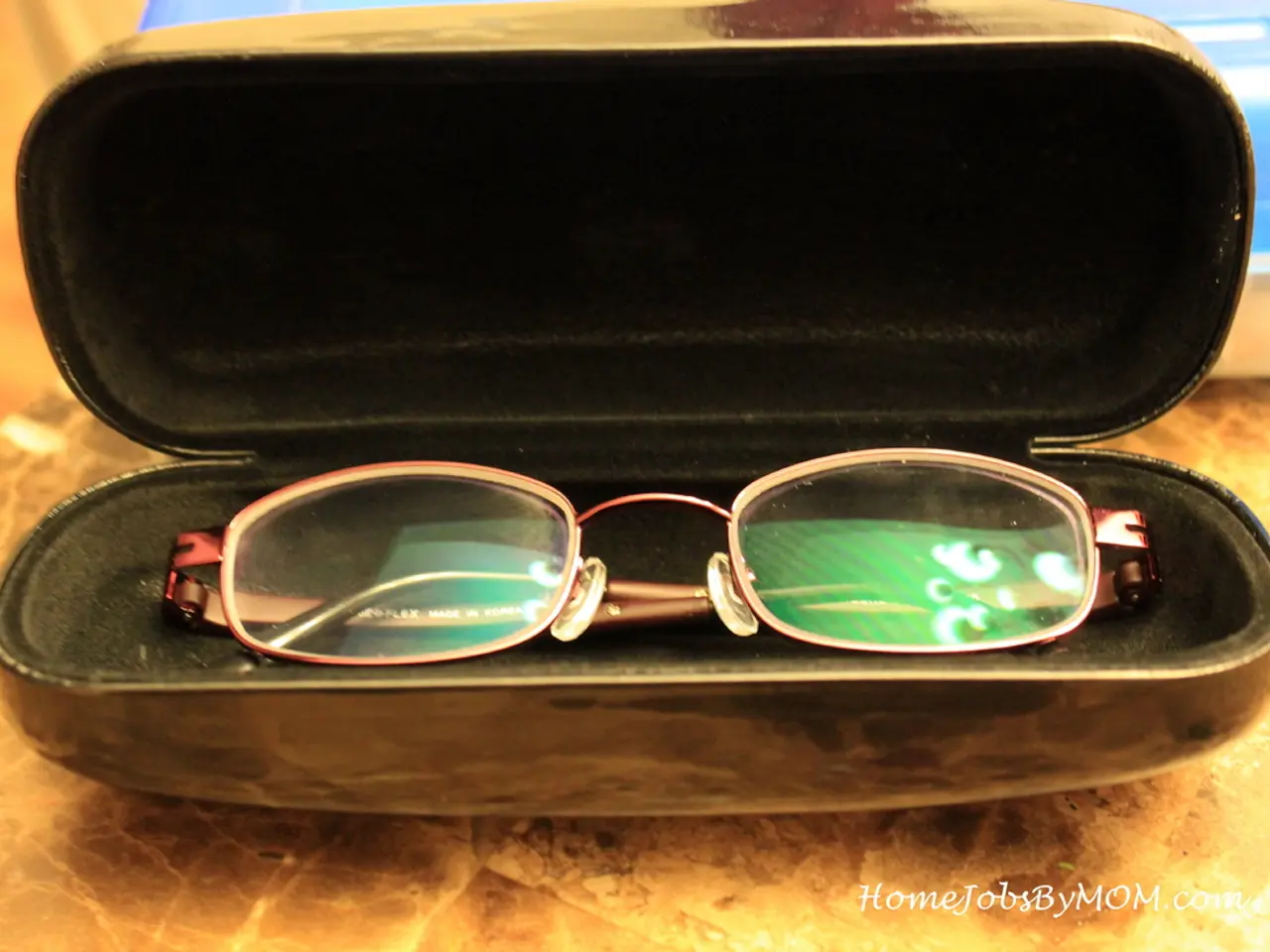Top-Tier Binocular attachments and Suitable Eyepieces for an Enhanced Stargazing Experience
Subtitle: Exploring Top-tier and Economical Binoviewers for a Binocular Viewing Experience
Binoviewers, devices that split light into two separate paths for a binocular viewing experience, have gained popularity among stargazers. These innovative tools offer several advantages, such as improved contrast, depth, and a more 'three-dimensional' feel compared to traditional eyepieces.
Binoviewer Basics
Binoviewers contain a beam splitter or prism system that divides incoming light into two separate, equal paths. The clear aperture of a binoviewer refers to the size of the prisms, and the size of the clear aperture corresponds to the largest field stop of an eyepiece you can use without vignetting.
Top-tier Binoviewers
Top-tier binoviewers, such as the Baader Mark V Binoviewer and Binotron Binoviewer, are renowned for their flexibility, quality, and precision. These models offer user collimation adjustment, ensuring precise alignment of the two optical paths, which is crucial for comfortable binocular viewing. They are highly regarded for use with various telescopes, including Dobsonians, refractors, and SCTs.
Economically Priced Binoviewers
For those on a budget, several manufacturers offer lower-priced alternatives. Models such as the Baader MaxBright II Binoviewer are popular for combining good optical quality and reasonable pricing. Baader also provides high-quality diagonals compatible with binoviewers, which can be a drawback if optical train lengths are not optimal.
Key Features
| Feature | Top-tier Models (Baader Mark V, Binotron) | Economical Options (Baader MaxBright II, Astro-Tech Diagonal) | |-------------------------------|-------------------------------------------------------------|-----------------------------------------------------------------| | Optical Quality | Excellent collimation adjustment, flexible, precise optics | Good optical quality, some compromises for cost | | Compatibility | Works well with Dobs, SCTs, refractors | Designed for standard 2" diagonal ports, mostly refractors | | Build Quality | Premium materials and construction | Good, durable but lighter materials | | Price Range | High (several hundreds to over $1000) | Moderate to low (under $200-$400) | | Focus and Adaptability | User collimation allows perfect focusing and comfort | May require additional adapters; focus can be limited by scope | | Potential Drawbacks | High cost, complexity of collimation | May have limited adjustment, less robust build |
Potential Drawbacks
Top-tier binoviewers like Baader Mark V and Binotron can be expensive and require some user expertise to properly collimate and integrate with various telescopes. Economical binoviewers or diagonals, while cost-effective, may present limitations in achieving perfect focus or collimation, especially on short-focus telescopes or those with complex optical trains.
In Summary
Top-tier binoviewers offer superior optical quality and flexibility but come at a significant price, while economical models and diagonals provide solid performance suited for casual users or those on a budget but may have limitations in adaptability and precise focus. Choosing between them depends on telescope compatibility, budget, and user expertise.
Binoviewers require two identical eyepieces for observation, allowing each eye to observe an image for a binocular viewing experience. This feature can enhance the overall observing experience, offering a more immersive and realistic view of celestial objects.
- For astronomers seeking a 'three-dimensional' viewing experience, binoviewers, splitting the light into two paths for a binocular view, are an increasingly popular choice in optics.
- The field of view in binoviewers stems from the size of the prisms, with the clear aperture corresponding to the largest field stop of an eyepiece without vignetting.
- When it comes to top-tier binoviewers like the Baader Mark V Binoviewer and Binotron Binoviewer, they are lauded for their flexibility, quality, and precision, making them ideal for various telescopes such as Dobsonians, refractors, and SCTs.
- Smart-home devices and gadgets can help enhance the usage of binoviewers, allowing for seamless integration with telescopes, ensuring a comfortable and immersive viewing experience.
- Reflectors and refractor telescopes, when paired with economically priced binoviewers like the Baader MaxBright II Binoviewer, can deliver a good quality observing experience while catering to budget-conscious enthusiasts.
- Astronomers using telescopes with optical trains of complex nature may benefit from high-quality diagonals like those offered by Baader, ensuring optimal performance and reduction of potential drawbacks.








